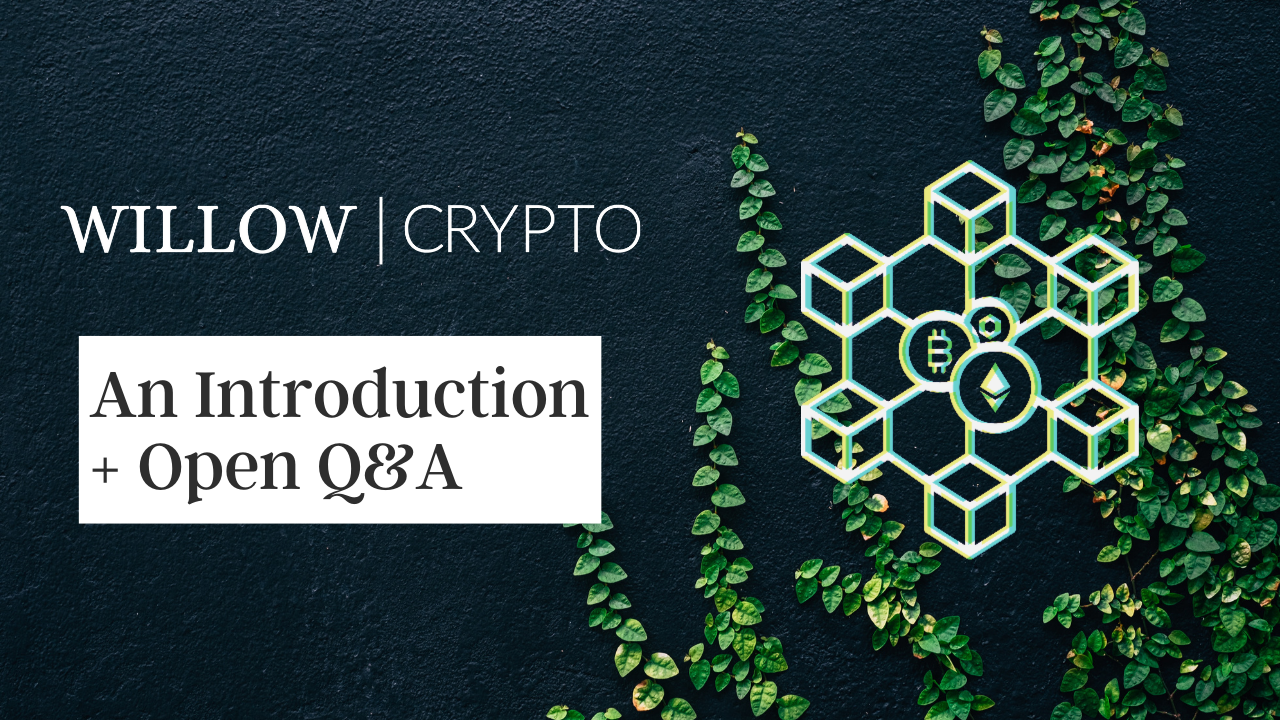Market Update + Q&A for April 2021
See below for our April Market Update + Q&A. Summary points below the video.
Market Update & Q&A Video Summary (April 2021):
- Our volatility risk indicator, which is a measure of the implied move in markets over the next 30 days, continues to be benign after having come down considerably since COVID. The CDS spreads, which essentially show the price of insurance on a company going bankrupt, have all tightened or come down over the past year which is saying to us that there is not a high probability of default in many publicly traded companies. However, we are concerned about the amount of debt we’re taking on and the amount of money that’s being printed and put into the system, we think that is ultimately going to be a problem. Bond spreads have historically been in a very tight range, and that trend is continuing to hold.
- There’s been a lot of talk in the news lately about Government bond interest rates. When you zoom in and look, you can see a little tick up in yields, but when you zoom out and look at the longer-term trends, it’s still very much in that downward channel that has been going on for decades. We are continuing to monitor this metric.
- • Another chart we are looking at is M2, or money supply, which is the supply of dollars that are believed to be floating out there in the world, versus the velocity of money, which measures how often a dollar is exchanged between parties before it ends up back at a bank. A sign of a very healthy economy is a very high velocity rate because that means that people are actually out there exchanging, spending, and buying and not just hoarding or saving wealth. Because of monetary and fiscal responses to COVID, the supply of money increased considerably, while the velocity of money decreased. This is not a trend that is healthy long-term. We think this could lead to secular inflation, and we will continue watching this metric.
- Another good indicator we watch is the TED Spread, which is another way to look at overnight lending between banks, currently this metric is relatively flat so that is a positive sign, signaling a lack of stress in these markets. Our manufacturing health index shows that we have recovered to back where we were before COVID, which is a healthy sign.
- As for the markets, technically, the S&P500 broke above a key resistance level, so there is no point of resistance above us at the moment. Individual sectors are also breaking out to multi-year highs. The current areas of interest are energy, financials, communication services and discretionary. Technology and industrials are under performing after going through a cycle of outperformance, but the entertainment and travel industries are also breaking out to new highs. We believe markets are a discount mechanism that predict conditions ahead by about six months and the data follows. What we are seeing in markets now is signaling to us that perhaps the recovery here is stronger than most people would expect.
Questions from Q&A
To set up a meeting, please click here or give us a call.
Best regards,
The Willow Team
+1 413 236 2980




